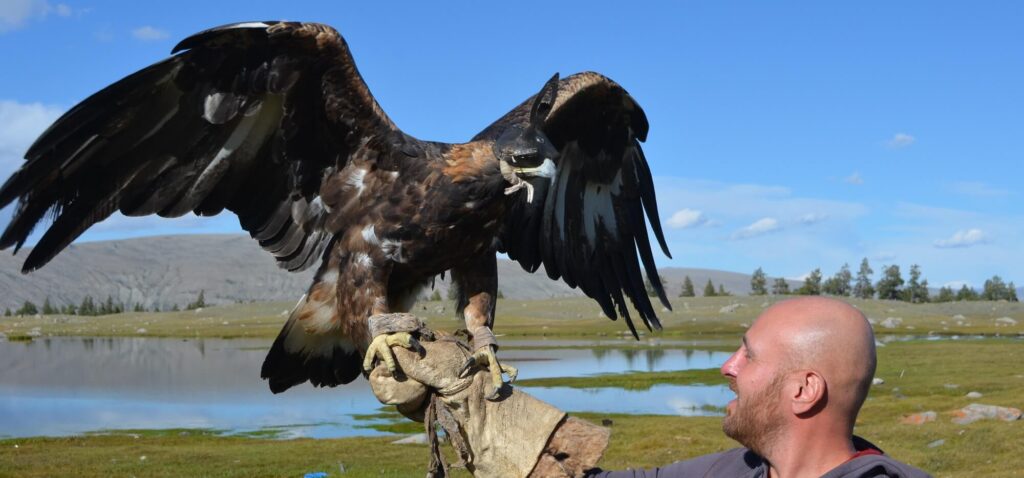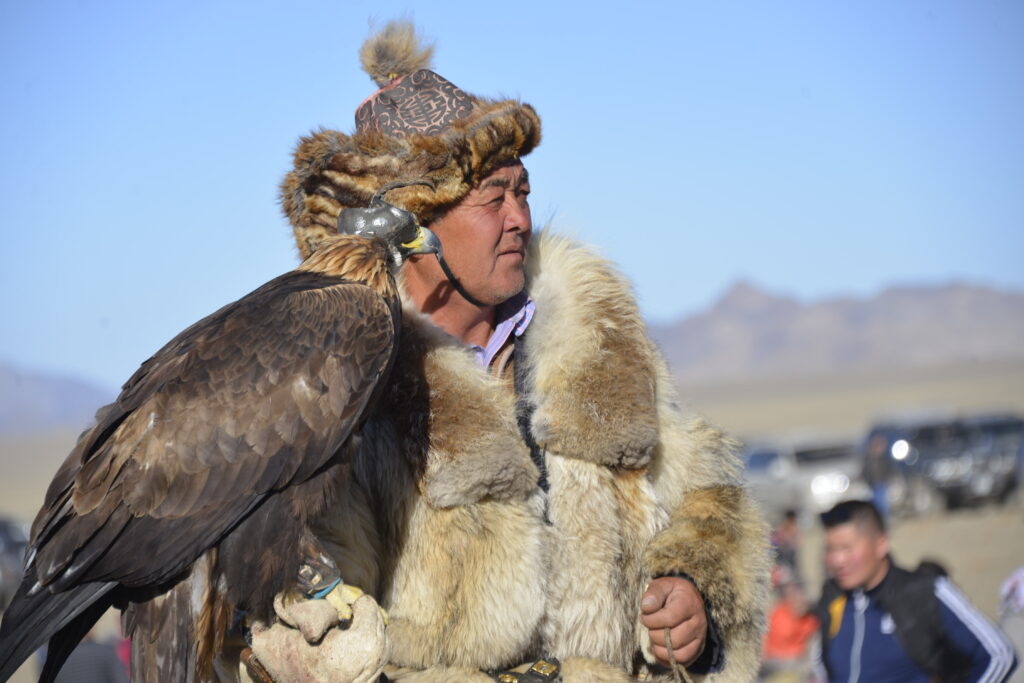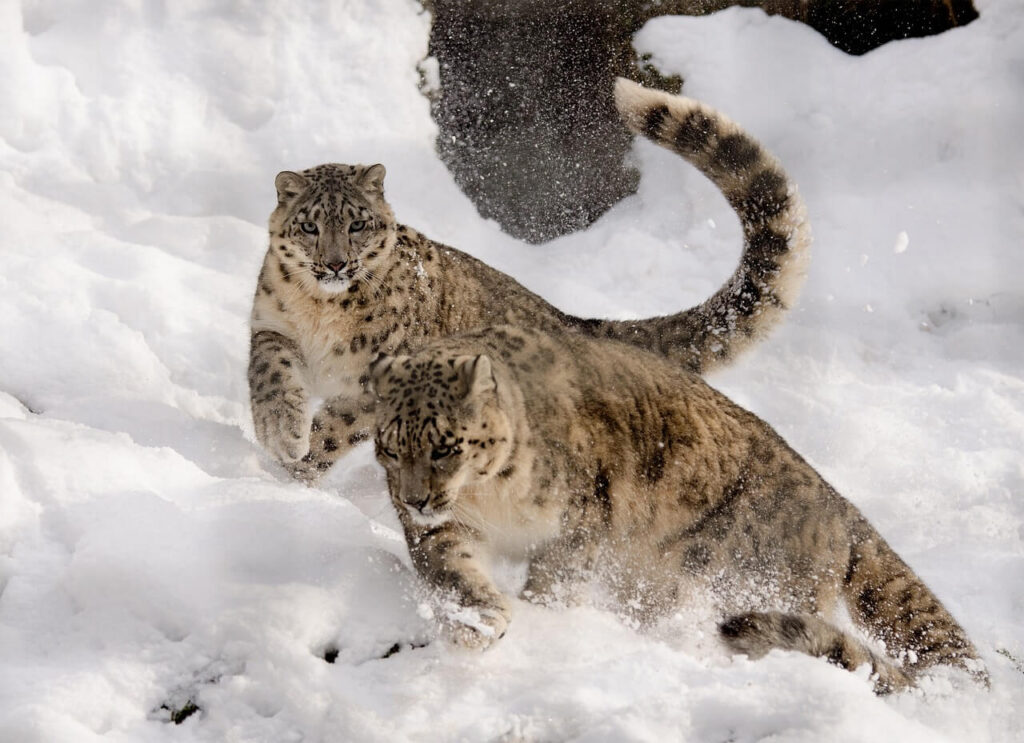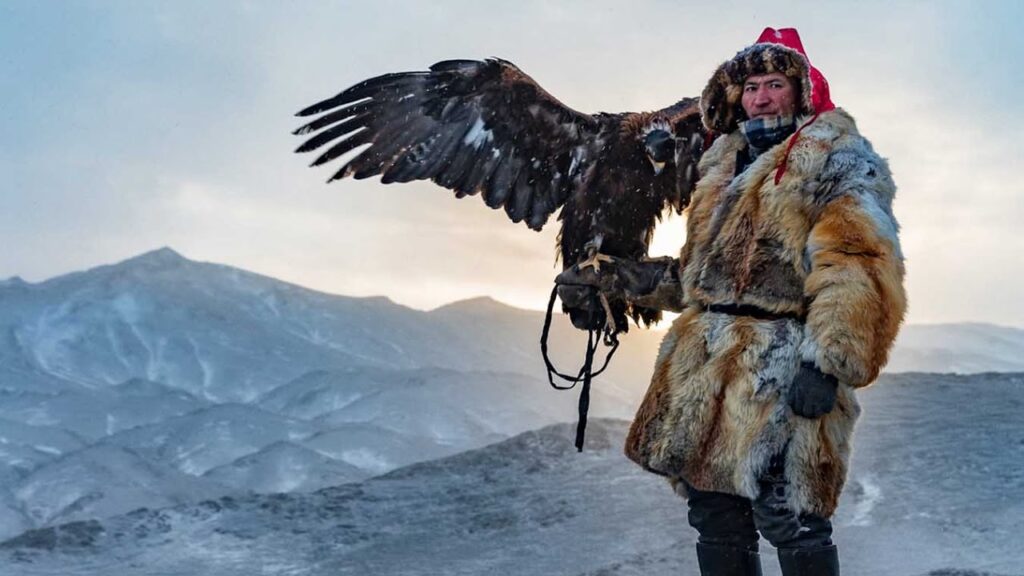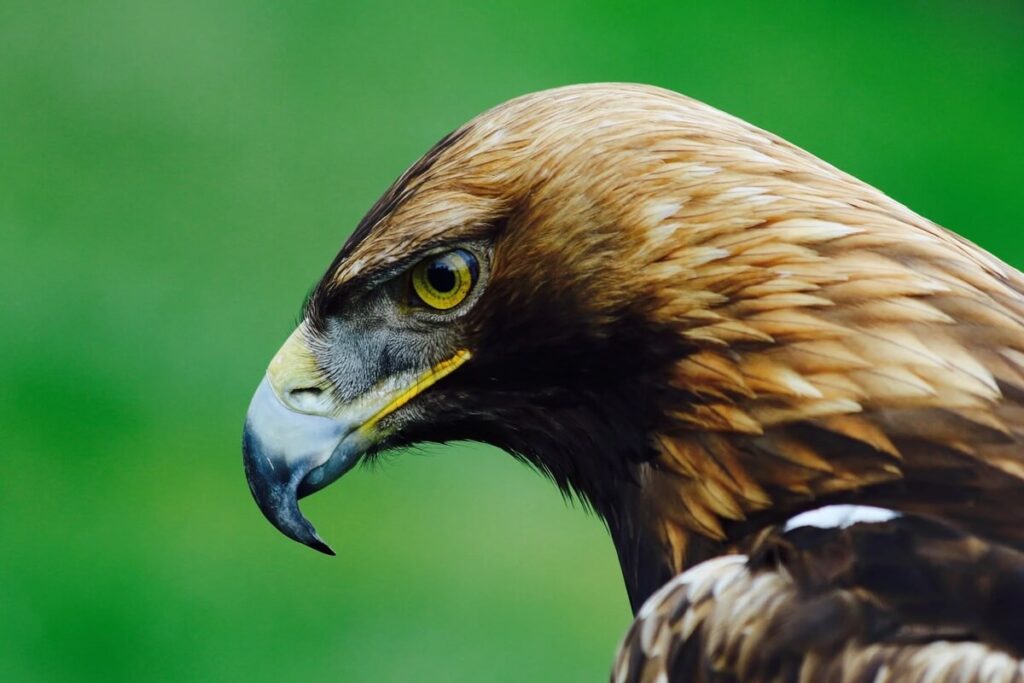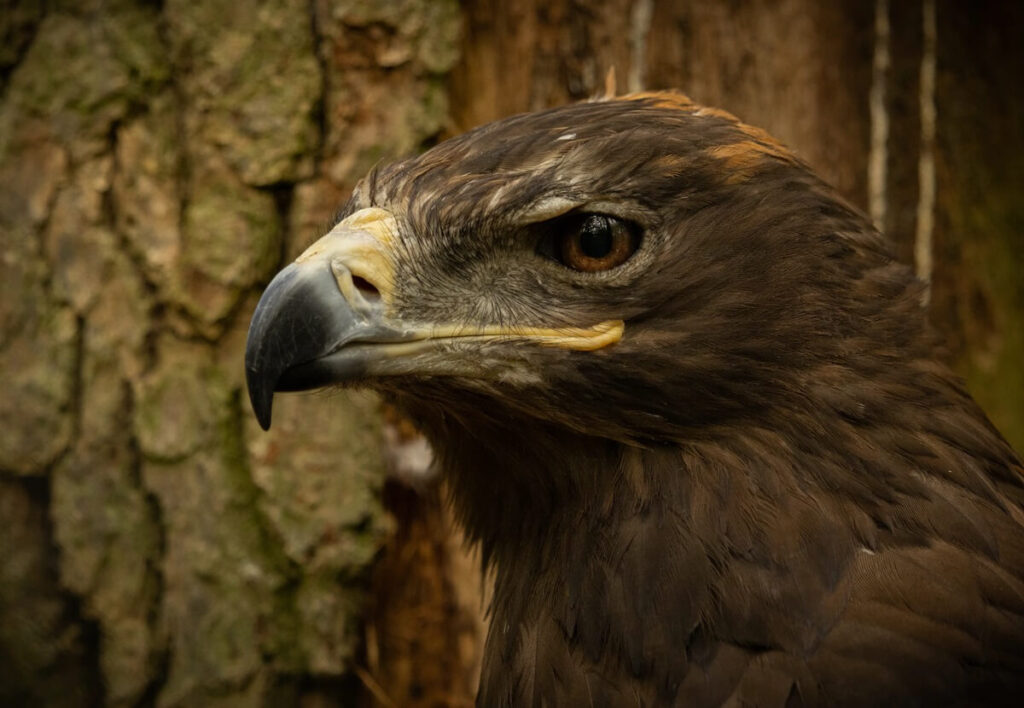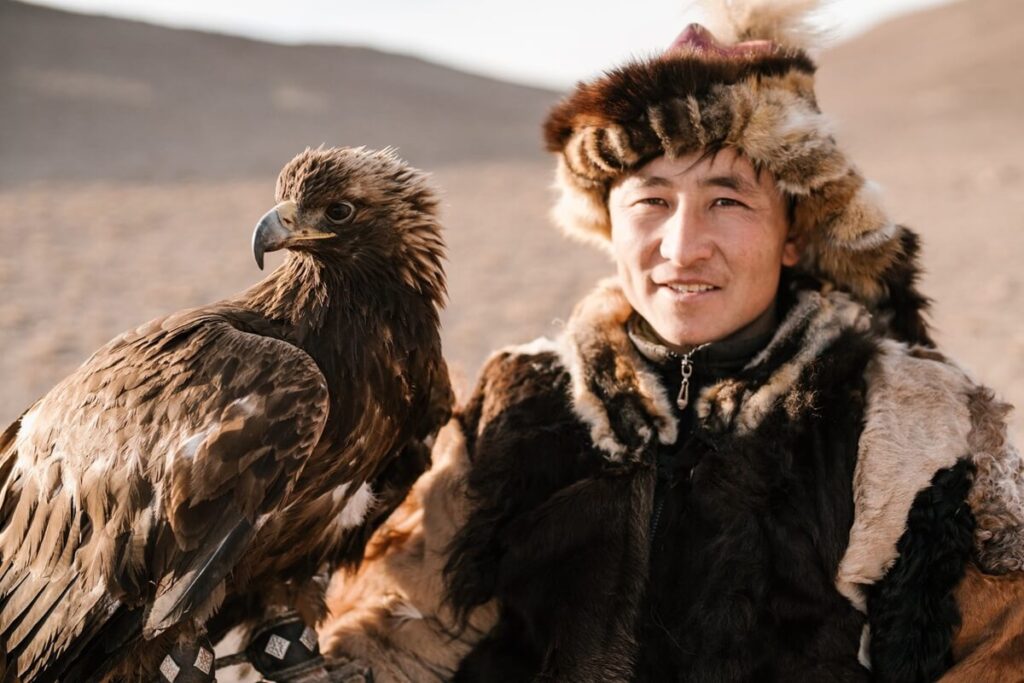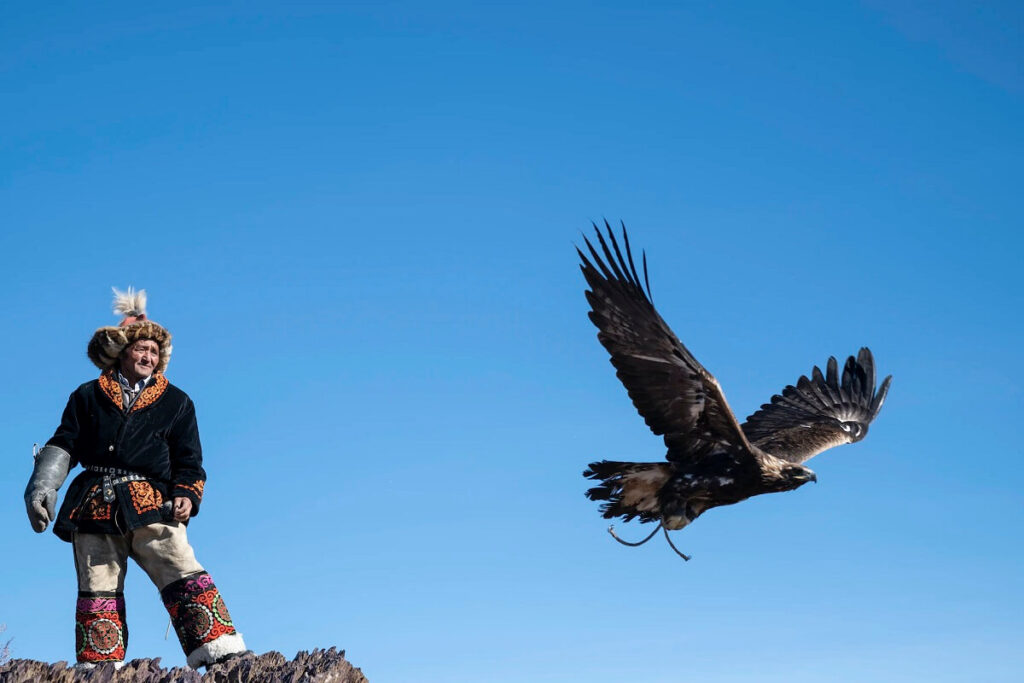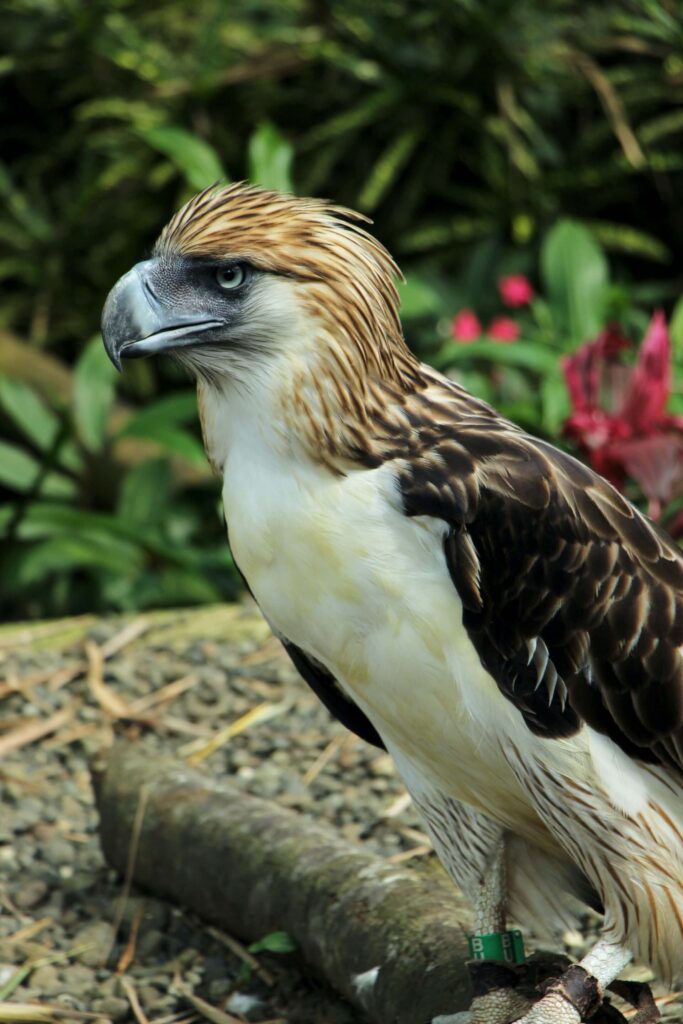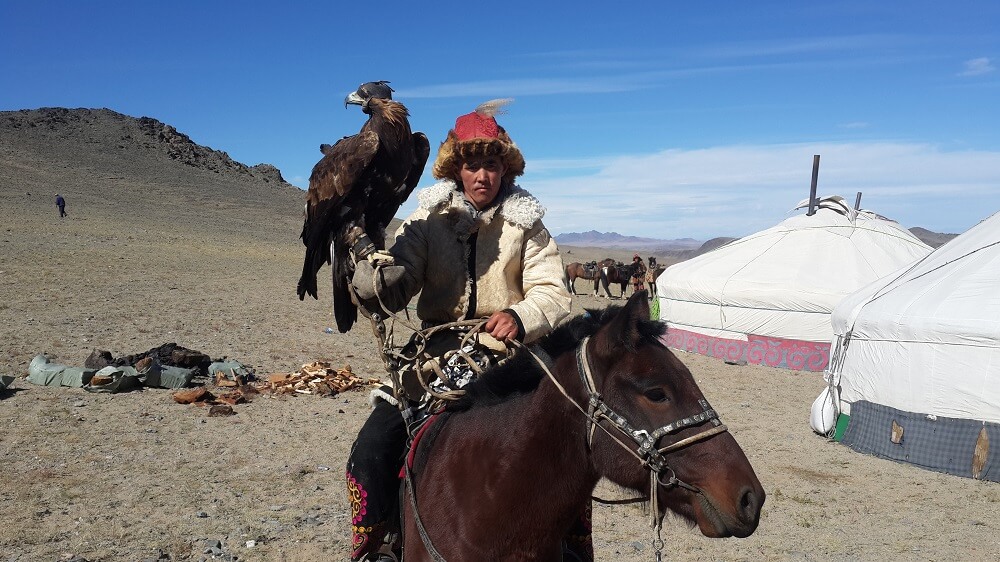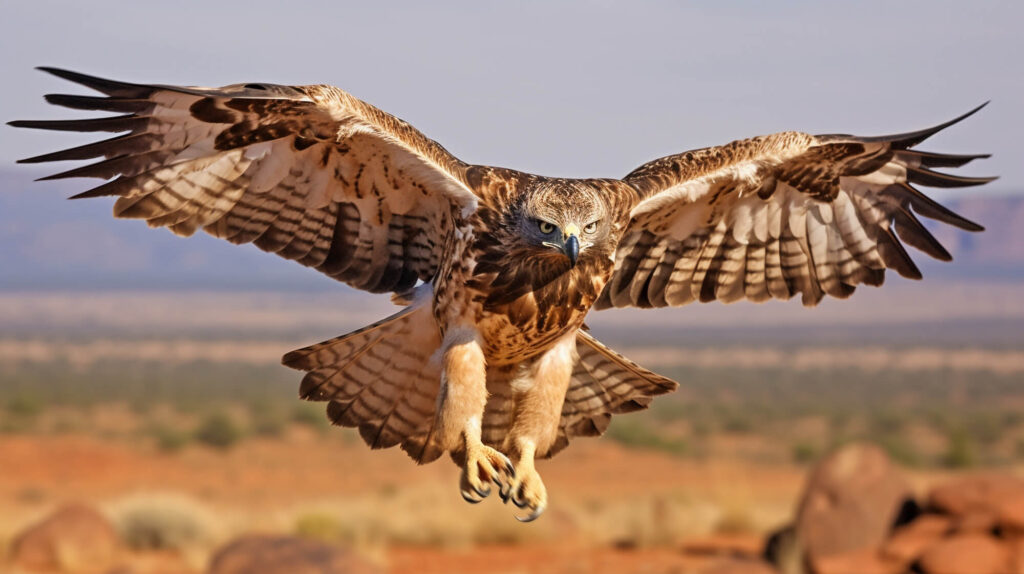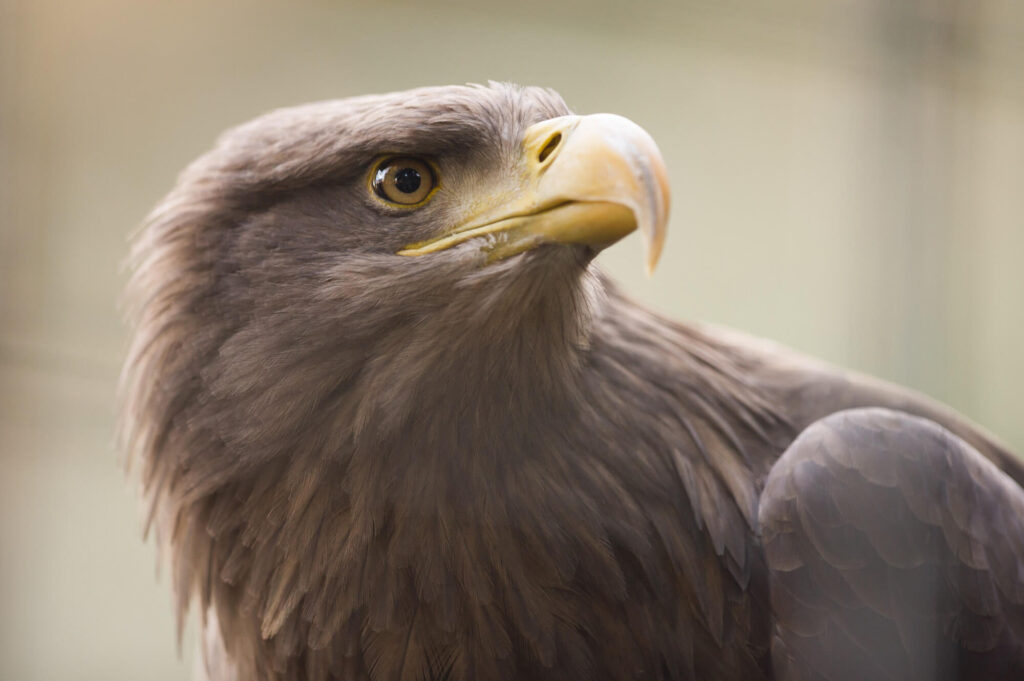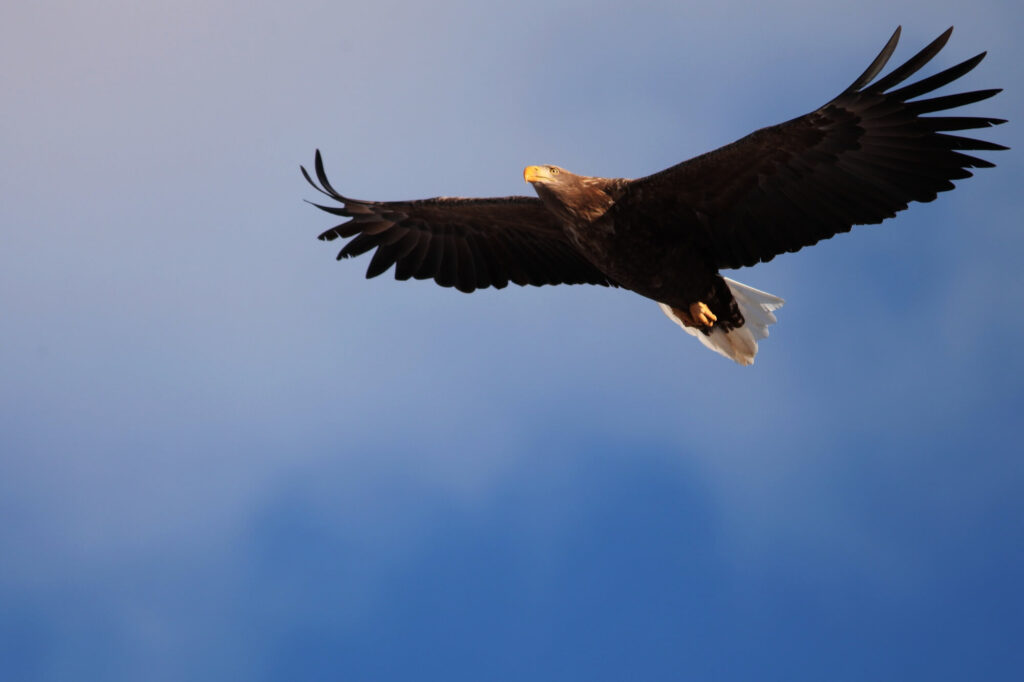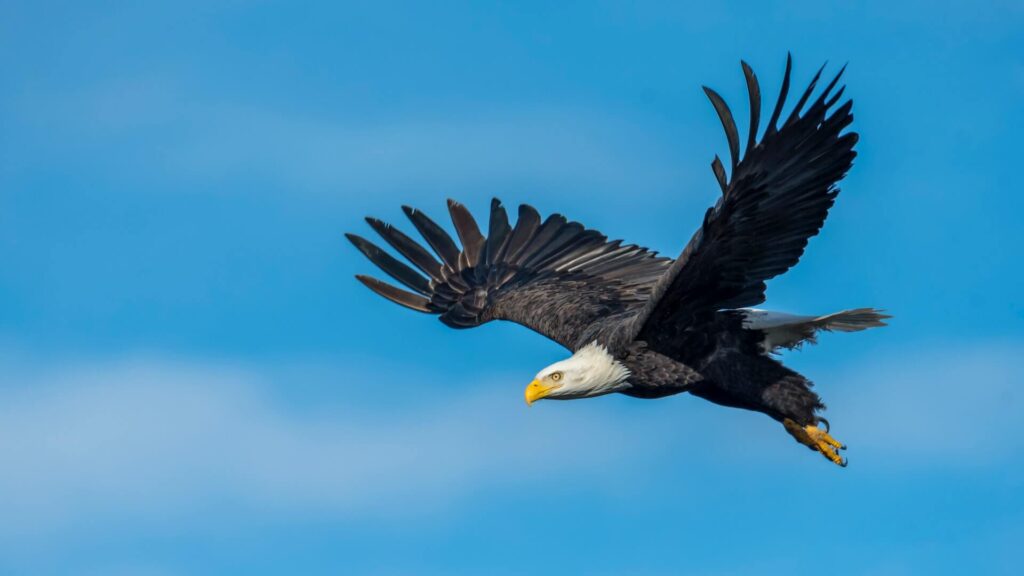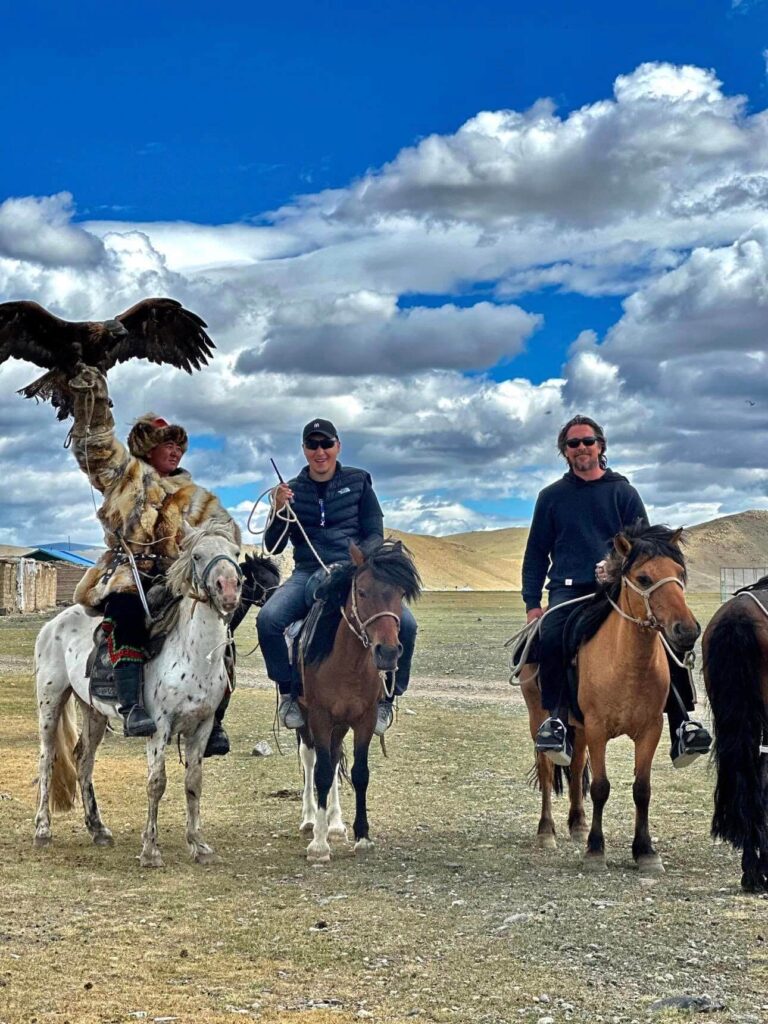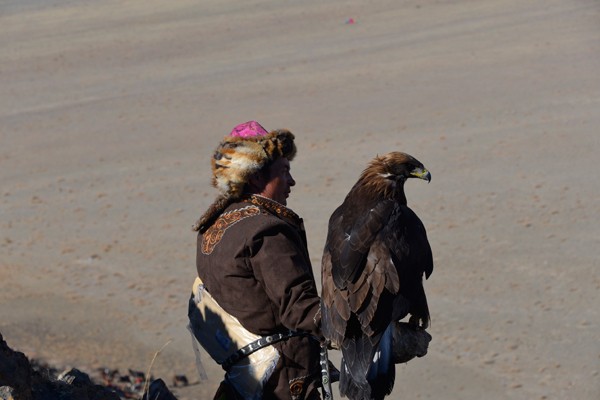Golden eagle hunting prey – The golden eagle (Aquila chrysaetos) is one of the most formidable predators in the avian world, revered for its power, speed, and hunting prowess.
Found across the Northern Hemisphere, these raptors have adapted to a variety of environments, from the tundra to mountainous regions. Their hunting techniques are a blend of precision, agility, and sheer power, making them apex predators in their habitats.
We offer you GOLDEN EAGLE FESTIVAL PHOTOGRAPHY TOUR. Come and enjoy the stunning landscape that is covered with ancient mountains, rivers, and Mongolian history. Join us to watch a great festival with truly great hunters! 🤩🤩
Anatomy of a Hunter
The golden eagle is a marvel of evolutionary design. With a wingspan reaching up to 2.3 meters (7.5 feet) and weighing between 3 to 6.5 kilograms (7 to 14 pounds), they are built for power and speed.
Their talons are incredibly strong, capable of exerting a pressure of up to 15 times that of a human hand, and their sharp, curved beaks are perfect for tearing into flesh.
Their eyesight is perhaps their most astonishing feature. Golden eagles can spot prey from over two miles away, thanks to a concentration of light-detecting cells in their retinas, which gives them a resolution five times better than that of a human.
This extraordinary vision allows them to locate and track small prey even when soaring at high altitudes.
The Hunt
Golden eagles are opportunistic hunters, and their diet includes a variety of mammals, birds, and occasionally reptiles.
Their preferred prey, however, tends to be medium-sized mammals like rabbits, hares, and ground squirrels. In some regions, they are also known to hunt larger prey, such as foxes, young deer, and even other birds of prey.
The hunting process begins with the eagle soaring high in the sky, using its keen eyesight to scan the ground below for movement. Once prey is spotted, the eagle engages in a rapid, steep dive, known as a stoop.
This dive can reach speeds of up to 200 kilometers per hour (124 miles per hour), making it one of the fastest birds of prey.
During the stoop, the golden eagle tucks in its wings to reduce drag and increase speed, using its tail as a rudder to steer.
As it approaches its target, the eagle extends its talons, ready to strike with devastating force. The element of surprise is crucial; the prey often doesn’t realize it’s being hunted until it’s too late.
Capturing and Subduing Prey
The moment of impact is both swift and violent. The eagle’s powerful talons pierce the prey’s body, often delivering a fatal blow instantly. If the prey is still alive, the eagle will use its beak to administer a killing bite, usually to the head or neck.
In some cases, particularly with larger prey, the golden eagle may not kill its target immediately. Instead, it uses its talons to secure the prey and then begins to eat it alive.
This might seem brutal, but it’s a testament to the eagle’s efficiency as a predator—ensuring it expends as little energy as possible in the hunt.
Once the prey is subdued, the eagle may either consume it on the spot or carry it away to a secluded location.
Golden eagles are known to cache their food, hiding it in a safe place to eat later. This behavior is particularly useful in harsh environments where food may be scarce.
Adaptations and Cultural Significance
Golden eagles are highly adaptable, able to hunt in a variety of terrains, from open plains to dense forests and mountainous regions. Their ability to take down prey larger than themselves has made them a symbol of power and endurance in many cultures.
In Mongolia and Kazakhstan, for instance, golden eagle mongolian have been used in falconry for centuries. The practice, known as eagle hunting or falconry, involves training eagles to hunt foxes and other animals, a tradition passed down through generations.
The golden eagle’s hunting prowess is a fascinating blend of anatomical perfection, instinct, and experience.
As apex predators, they play a crucial role in maintaining the balance of their ecosystems. Their hunts are a spectacle of nature’s raw power, showcasing the golden eagle as a master of the skies and a symbol of predatory excellence.
Whether hunting solo or as part of human-assisted falconry, the golden eagle’s skill and dominance in the wild are unmatched, making it one of the most awe-inspiring creatures in the animal kingdom.





